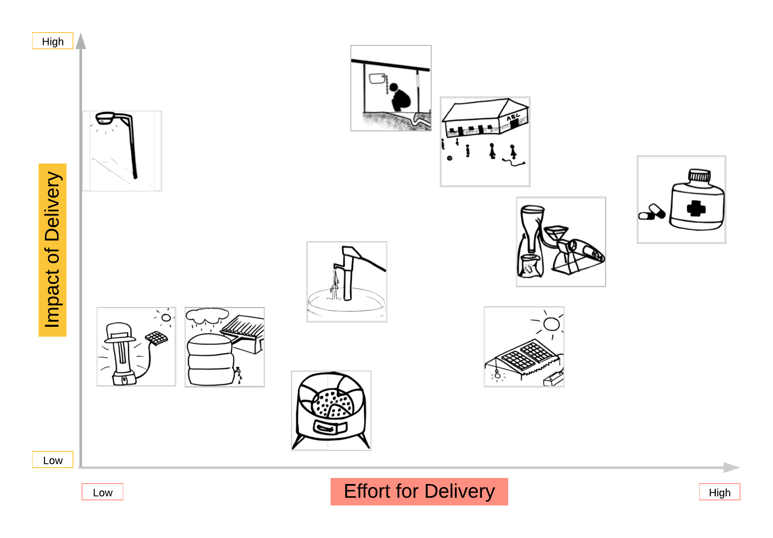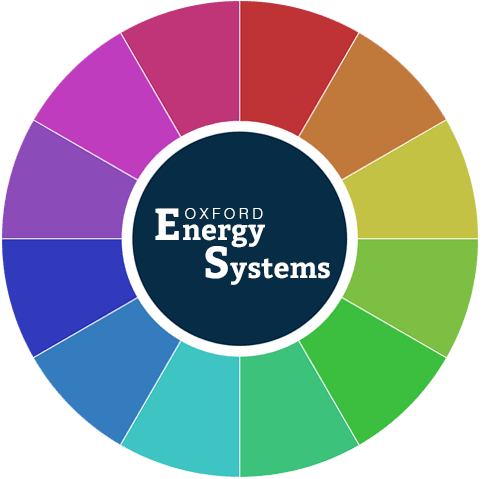Let there be (more than) light: productive energy uses

The benefits of energy services are clear. When done right, energy can have a positive transformative impact on development across multiple sectors. As a recent visualisation by UN ESCAP showed, energy infrastructure is linked to 12 of the Sustainable Development Goals.
However, in order for these transformative benefits to take place there is a need for energy services to go beyond electric lighting and mobile phone charging and be integrated into the community so as to encourage diverse productive uses of energy.
This is particularly important for rural areas in developing countries where service delivery (such as education, health care, water access) is often rudimentary. Rural communities also heavily rely on agriculture to meet their basic needs. Here, traditional approaches dominate, and energy can provide an untapped opportunity to increase productivity levels, add value to produce, and, in turn, create opportunities for improved wellbeing and economic growth. Despite these potential benefits, to date, in either academia or energy infrastructure projects, productive uses facilitated by energy infrastructure has been overlooked.
As part of the Energy for Economic Growth (EEG) project, our team of researchers at the Energy and Power Group (EPG) are aiming to contribute to the transformation of Sierra Leone’s Power System. Part of this concerns the development of a framework to compare different energy services in terms of their Effort for Delivery (EfD) against Impact of Delivery (IoD). This method is novel in the sense that it widens the focus beyond a specific infrastructure solution and allows developers to compare multiple solutions across varying sectors that, in the case of this research, require energy to operate. It goes beyond a cost-benefit analysis which assesses benefits only through their economic value.
EfD is a function of the skills needed, the infrastructure needs, access to technology and access to the market (physical and virtual). IoD is then concerned with the assessment of economic, environmental, and social impacts. This allows developers to balance the costs (whether financial, social or environmental) against both early and longer-term benefits. These include economic benefits (such as job creation and access to resources both now and in the future), social improvements (for example in safety and health) and environmental positives, both locally and globally (including but not confined to reduced CO2 emissions).
Such assessments are vital as infrastructure – and the services it delivers – can take many different forms and what initially appears to be the best solution may not be right once different factors are taken into account. An example of the use of the framework is shown in Figure 1, where different services that can be facilitated by energy are compared against one another. In the case of this community – in rural Uganda – security threats posed to women were of great concern, thus a streetlighting project ranked higher for IoD than improving better health care services, particularly when the disparity between EoD was taken into account.
Both EoD and IoD are highly context specific and to be assessed require an understanding of the local, regional, and national context. In these situations, User-Perceived Value[1], or similar approaches, has been shown to be invaluable. By means of indirect probing, it reveals what is important to infrastructure users from their own perspective and also provide insights on cultural norms, social or skill-base assets and any political or other factors likely to influence the acceptability, and hence likely success, of infrastructure schemes. Using UPV to design infrastructure of value to the community and fit for the local conditions substantially increases the likelihood of infrastructure being utilised and subsequently having the positive impact the planners had originally intended.
The true bottom-up nature of our work at the EPG allows developers to deliver energy infrastructure solutions that are fit-for-purpose from the perspective of the rural community in question and can provide the biggest impact relative to the effort and resources needed.
By Stephanie Hirmer (Energy and Power Group) @StephiHi @EPGOxford
[1] UPV is a data collection method complementary to needs assessments and is defined as the “…benefits, concerns, feelings and underlying drivers that act as the main motivators in the lives of the people”.

